Posted at 12/29/2011 2:45 PM | Updated as of 12/29/2011 2:49 PM
SAN FRANCISCO, California - Tablet computers and electronic
readers promise to close the book on the ink-and-paper era as they
transform the way people browse magazines, check news or lose themselves
in novels.
"It is only a matter of time before we stop killing trees and all publications become digital," Creative Strategies president and principal analyst Tim Bajarin told AFP.
Online retail giant Amazon has made electronic readers mainstream with Kindle devices, and Apple ignited insatiable demand for tablets ideal for devouring online content ranging from films to magazines and books.
In 2011, digital books earned about $3.2 billion in revenue, an amount that the combined momentum of e-readers and tablets is expected to triple to $9.7 billion by the year 2016, according to a Juniper Research report.
Readers are showing increased loyalty to digital books, according to the US Book Industry Study Group (BISG).
Nearly half of print book buyers who also got digital works said they would skip getting an ink-and-paper release by a favorite author if an electronic version could be had within three months, a BISG survey showed.
"The e-book market is developing very fast, with consumer attitudes and behaviors changing over the course of months, rather than years," said BISG deputy executive director Angela Bole.
Concerns about e-book reading are diminishing, with people mainly wishing for lower device prices, according to the survey.
Owning e-readers tended to ramp up the amount of money people spent on titles in what BISG described as a promising sign for publishers.
Major US book seller Barnes & Noble responded to the trend by launching an e-reader, the Nook, and other chains are picking up on the strategy, according to Juniper.
"I'm among those who believe that the new e-book craze expands a person's interest in reading overall," said Gartner analyst Allen Weiner.
"When you can get someone excited about reading in any way, you turn on the reading ignition and it leads to all content," Weiner said, adding that ink-and-paper works will continue to hold a place in the mix.
Bajarin believes it will be at least a decade before print is obsolete.
"For one thing, there is a generation of people above 45 who grew up with this reading format and for many this will remain the most comfortable way for them to consume content for quite a while," he said.
"However, younger generations are already moving rapidly to digital representations of publications and, over time, they will be using e-books and tablets to consume all of their publications."
Weiner expected hardback or paperback books to be preferred in some situations, such as home reading, even as digital dominates publishing.
"I think it is a myth that it is going to kill the print book business," Weiner said.
"Will it force publishers to think differently?" he asked rhetorically. "Absolutely, but it doesn't spell the demise of print (book) publishing."
Newspapers and magazines, however, should read the digital writing on the wall, according to analysts.
"Newspapers and magazines have different issues," Weiner said.
"Print will wind up extinct for newspapers, while magazines will need to figure out the balance between print and digital," he contended.
Newspapers spend a lot of money printing and distributing daily editions that can't be kept as fresh as stories on the Internet.
Meanwhile, advertising has been moving online where audiences can be better targeted and advertisers pay when people actually click on ads.
In 2011, media colossus News Corp. launched an iPad only publication, The Daily, as newspapers big and small improved mobile websites and invested in applications to get their publications on tablets.
Struggling Internet pioneer Yahoo! has been recreating itself as a platform for "premier digital content" and in November it launched a Livestand news magazine tailored for the iPad.
Livestand weaves video, pictures and text in easily navigated presentations in a challenge to popular iPad social magazine application Flipboard.
Time Inc. last month brought in digital advertising veteran Laura Lang to run what is the largest magazine publisher in the United States.
"Magazines are still figuring it out," Weiner said of adapting to the smart tablet age. "I think they are in evolution."
As if online competition weren't enough for the print magazine business, the US Postal Service is proposing to do away with weekend deliveries in a move that could make weeklies seem like even older news by the time they arrive.
http://bit.ly/tapCWE
"It is only a matter of time before we stop killing trees and all publications become digital," Creative Strategies president and principal analyst Tim Bajarin told AFP.
Online retail giant Amazon has made electronic readers mainstream with Kindle devices, and Apple ignited insatiable demand for tablets ideal for devouring online content ranging from films to magazines and books.
In 2011, digital books earned about $3.2 billion in revenue, an amount that the combined momentum of e-readers and tablets is expected to triple to $9.7 billion by the year 2016, according to a Juniper Research report.
Readers are showing increased loyalty to digital books, according to the US Book Industry Study Group (BISG).
Nearly half of print book buyers who also got digital works said they would skip getting an ink-and-paper release by a favorite author if an electronic version could be had within three months, a BISG survey showed.
"The e-book market is developing very fast, with consumer attitudes and behaviors changing over the course of months, rather than years," said BISG deputy executive director Angela Bole.
Concerns about e-book reading are diminishing, with people mainly wishing for lower device prices, according to the survey.
Owning e-readers tended to ramp up the amount of money people spent on titles in what BISG described as a promising sign for publishers.
Major US book seller Barnes & Noble responded to the trend by launching an e-reader, the Nook, and other chains are picking up on the strategy, according to Juniper.
"I'm among those who believe that the new e-book craze expands a person's interest in reading overall," said Gartner analyst Allen Weiner.
"When you can get someone excited about reading in any way, you turn on the reading ignition and it leads to all content," Weiner said, adding that ink-and-paper works will continue to hold a place in the mix.
Bajarin believes it will be at least a decade before print is obsolete.
"For one thing, there is a generation of people above 45 who grew up with this reading format and for many this will remain the most comfortable way for them to consume content for quite a while," he said.
"However, younger generations are already moving rapidly to digital representations of publications and, over time, they will be using e-books and tablets to consume all of their publications."
Weiner expected hardback or paperback books to be preferred in some situations, such as home reading, even as digital dominates publishing.
"I think it is a myth that it is going to kill the print book business," Weiner said.
"Will it force publishers to think differently?" he asked rhetorically. "Absolutely, but it doesn't spell the demise of print (book) publishing."
Newspapers and magazines, however, should read the digital writing on the wall, according to analysts.
"Newspapers and magazines have different issues," Weiner said.
"Print will wind up extinct for newspapers, while magazines will need to figure out the balance between print and digital," he contended.
Newspapers spend a lot of money printing and distributing daily editions that can't be kept as fresh as stories on the Internet.
Meanwhile, advertising has been moving online where audiences can be better targeted and advertisers pay when people actually click on ads.
In 2011, media colossus News Corp. launched an iPad only publication, The Daily, as newspapers big and small improved mobile websites and invested in applications to get their publications on tablets.
Struggling Internet pioneer Yahoo! has been recreating itself as a platform for "premier digital content" and in November it launched a Livestand news magazine tailored for the iPad.
Livestand weaves video, pictures and text in easily navigated presentations in a challenge to popular iPad social magazine application Flipboard.
Time Inc. last month brought in digital advertising veteran Laura Lang to run what is the largest magazine publisher in the United States.
"Magazines are still figuring it out," Weiner said of adapting to the smart tablet age. "I think they are in evolution."
As if online competition weren't enough for the print magazine business, the US Postal Service is proposing to do away with weekend deliveries in a move that could make weeklies seem like even older news by the time they arrive.
http://bit.ly/tapCWE
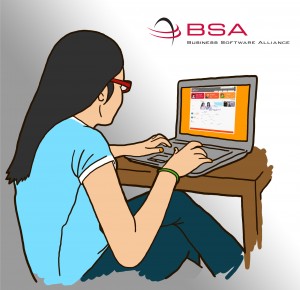
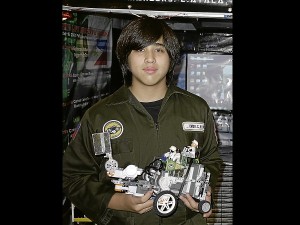
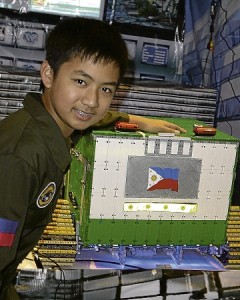
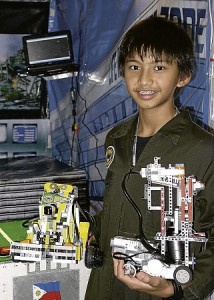

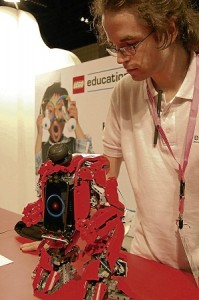


 DIWA
Learning System, a leader in the education publishing industry,
recently unveiled the
DIWA
Learning System, a leader in the education publishing industry,
recently unveiled the 